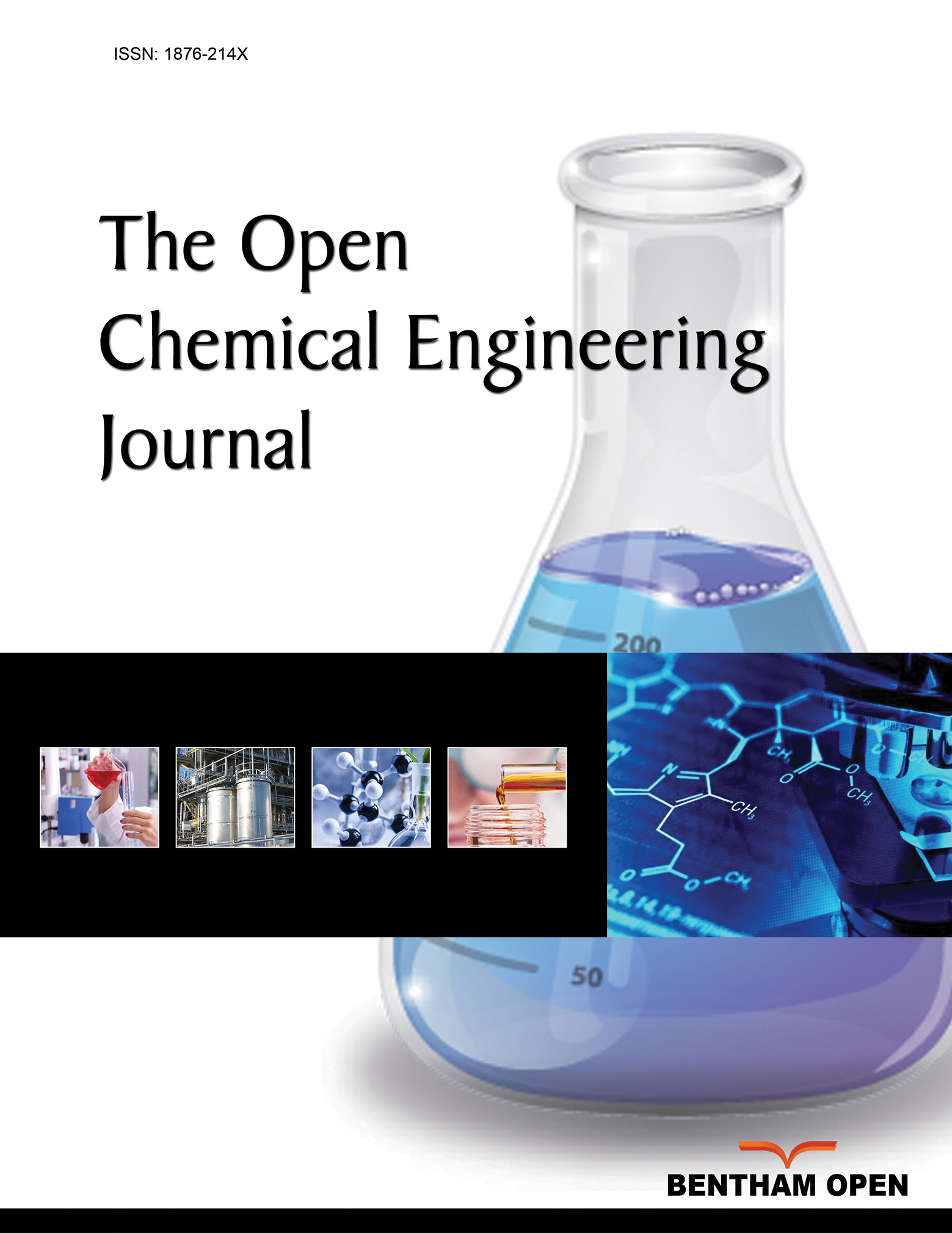All published articles of this journal are available on ScienceDirect.
Stable Horizontal Interface Formation and Separation of a Water/Oil Flow by Microfluidic Reactor Analyzed by Direct Observation and Numerical Simulation
Abstract
A microfluidic system with a wide surface area per unit volume has the potential for use in highly efficient chemical synthesis, separation, and extraction. In the case of efficient water/oil separation and material extraction, it becomes important to form a stable two-layer laminar flow interface. Previously, we developed a silicon/glass microfluidic reactor, in which microchannel inner walls were modified to produce hydrophilic/hydrophobic surface. In this work, flow behavior and separation of this microreactor was evaluated. This microfluidic chip made it possible to form a stable twolayer laminar flow interface between a flow of heavier water and lighter hexane, which were introduced into the upper and lower inlets, respectively. The efficiency in separation was examined using water and hexane. Under certain conditions including the pressure difference between the two outlet surfaces, complete phase separation was achieved. This result indicates that the highly efficient separation and stable interface formed by this microfluidic chip can be applied to immiscible liquid-liquid operations with the complete separation of the liquids at the outlets.


